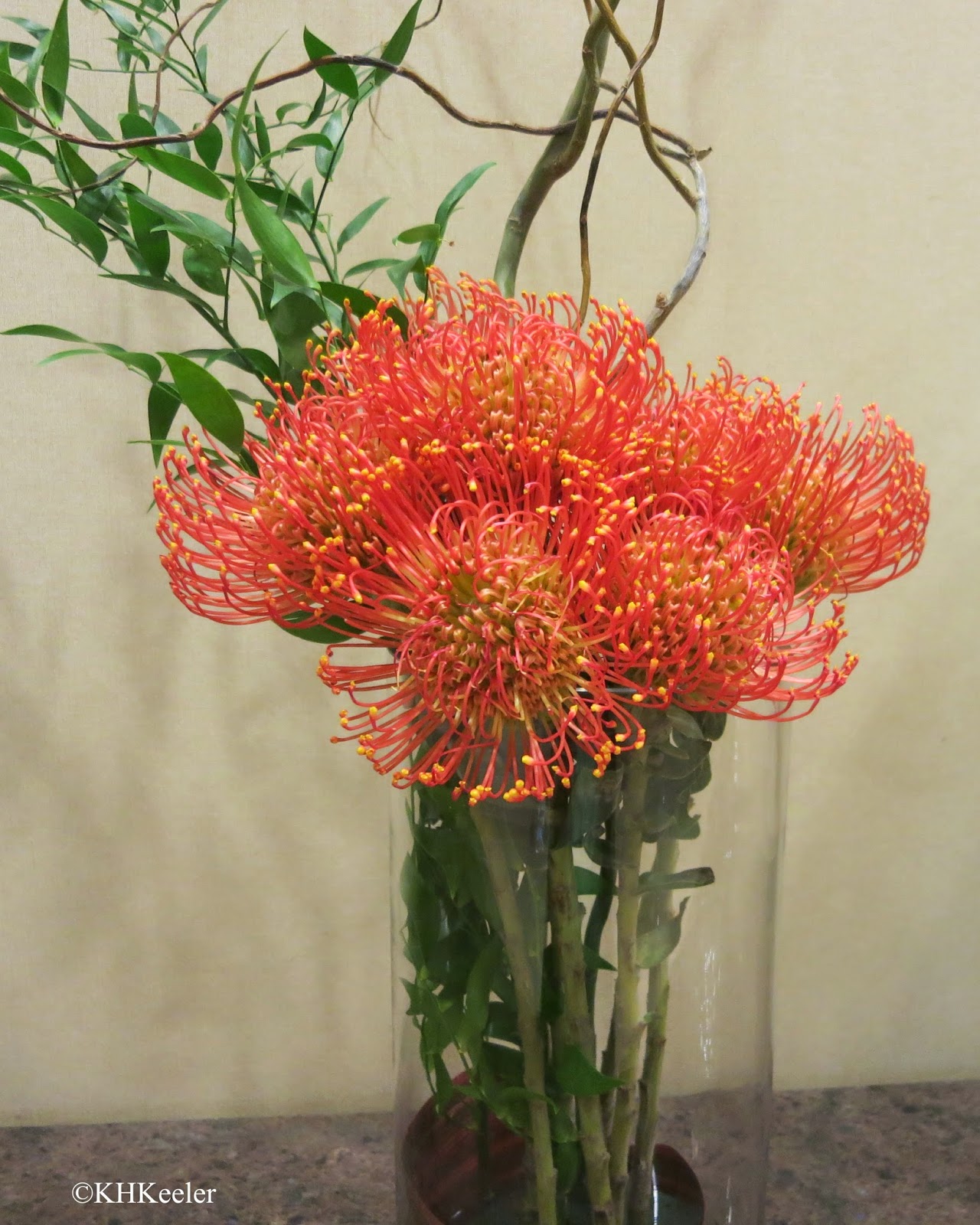 At the end of the International Botanic Congress in Melbourne, Australia, in August 2011, I took a tour led by two Victoria botanists, Nigel Walsh and David Cameron, showing us plant wonders of southeastern Australia. And wonders they were.
At the end of the International Botanic Congress in Melbourne, Australia, in August 2011, I took a tour led by two Victoria botanists, Nigel Walsh and David Cameron, showing us plant wonders of southeastern Australia. And wonders they were.Australia�s native plants are very different from those familiar to me in the United States. First is the Northern Hemisphere-Southern Hemisphere difference: before the age of dinosaurs, the continents, which had been a single entity (Pangea), split. The southern landmass, today South America, Africa, India, Australia and Antarctica, remained together as one continent, Gondwanaland, but separated from the northern continents, now North America, Europe and Asia, known as Laurasia. Thus, many of the plants of the continents that were Gondwanaland have been separate from those of Laurasia for 150-175 million years, fully long enough to produce vast differences. There are plant families and lineages within families that are only found in the Southern (or Northern) Hemisphere. The Southern Hemisphere plants were part of what I wanted to see.
Secondly, most of Australia is tropical to subtropical (or desert), while North America is largely temperate, the different climates favoring different kinds of plants.
Victoria is the smallish province in the lower right hand corner of Australia (link) so I really can�t say I have seen Australia, but Victoria was full of treats.
Here are some Southern Hemisphere natives that it was a treat to see in their home territory:
1) Southern Hemisphere conifers, for example the pine relatives, Aurcaria species. The division of Pangea took ancestral "pines" north and south, so the pines, firs and spruces of the Northern Hemisphere are distinct from but mirrored by their relatives such as auricaria and podocarpus. An auricaria in the horticultural trade and known to many Northern Hemisphere people is Norfolk island pine (Auricaria heterophylla and not a pine at all, family Auricariaceae, not Pinaceae).
Here are some Southern Hemisphere natives that it was a treat to see in their home territory:
1) Southern Hemisphere conifers, for example the pine relatives, Aurcaria species. The division of Pangea took ancestral "pines" north and south, so the pines, firs and spruces of the Northern Hemisphere are distinct from but mirrored by their relatives such as auricaria and podocarpus. An auricaria in the horticultural trade and known to many Northern Hemisphere people is Norfolk island pine (Auricaria heterophylla and not a pine at all, family Auricariaceae, not Pinaceae).
 |
| Looking up at Eucalyptus regnans, Victoria, Australia |
3) Proteaceae - The Proteaceae is a distinctive family of Southern Hemisphere plants. Until recently they were simply something Northern Hemisphere people read about. Recently some have been brought into the horticultural trade, so there were Proteaceae flowers in the reception area of the Seattle Hilton when I was there in September.
 |
| Banksia (banksia family, Proteaceae), Victoria, Australia |
 |
| another Banksia in the forest in Victoria, Australia |
I am not a sophisticated plant geographer. However, I had for decades of given examples of Southern Hemisphere plant groups in my university courses, so it was exciting to see plants characteristic of or endemic to Australia. There is much more--I only know the groups and the most dramatic ones.
Comments and corrections welcome.
Comments and corrections welcome.
Kathy Keeler
More at awanderingbotanist.com
Join me on Facebook: https://www.facebook.com/AWanderingBotanist



No comments:
Post a Comment